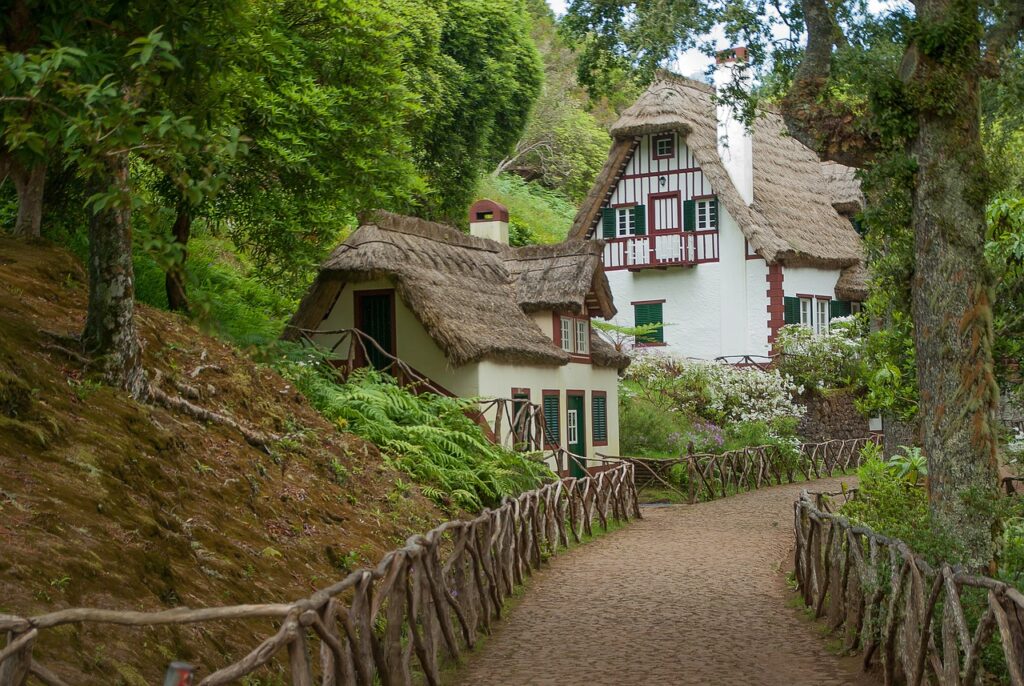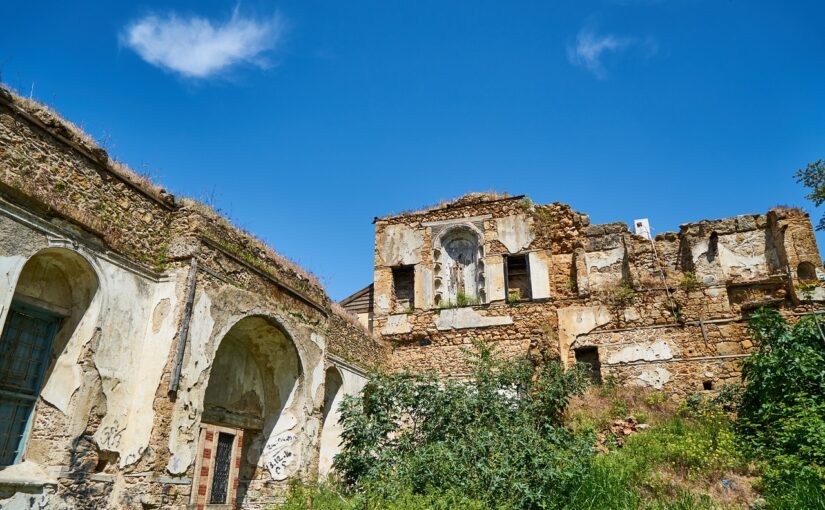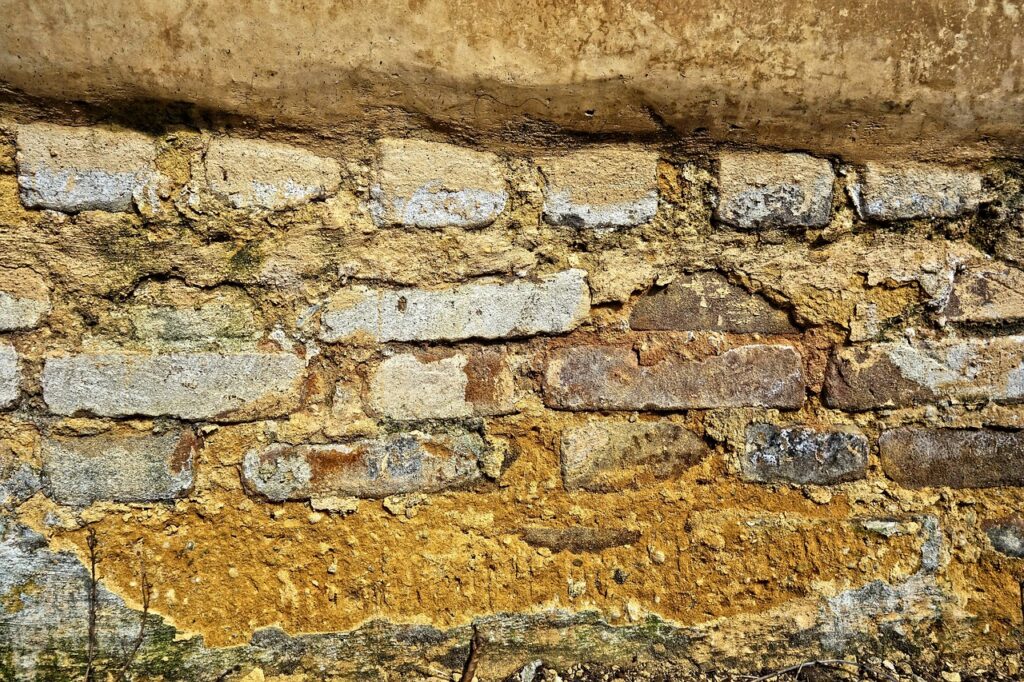From the earliest civilizations to the present day, our ancestors crafted structures using environmentally friendly, now ancient, materials that were not only abundant but also reflective of their unique cultures and environments.
1. Mud and Adobe: Building with Earth’s Bounty
Picture ancient dwellings basking in the sun, their walls made of mud bricks or adobe. These time-honored construction materials, composed of earth and straw, have weathered the ages. Sun-dried or baked to perfection, they formed the foundations of civilizations worldwide, from Mesopotamia to the Americas.
2. Stone: Carving History in Granite
The timeless elegance of stone constructions echoes through the ages. Whether it’s the formidable walls of a medieval castle or the intricate carvings of an ancient temple, stones like limestone, granite, and sandstone have been the building blocks of architectural marvels across the globe.
3. Wood: Nature’s Versatile Gift
Step into the heart of a forest, and you’ll find the roots of traditional construction. These timber-framed structures and log cabins whisper tales of craftsmanship. Wooden beams have supported the aspirations of countless generations, proving that sometimes, nature’s simplicity is the best architect.
4. Thatch: Roofing with Nature’s Bounty
Roofs adorned with thatch, a humble assembly of dry vegetation, speak of simpler times. Whether it’s straw, reeds, or palm leaves, this eco-friendly roofing material has shaded homes across cultures, offering a natural barrier against the elements.

5. Brick: The Legacy of Fired Clay
In the annals of construction, bricks tell a story of innovation. Dating back to ancient civilizations like Mesopotamia and Egypt, these rectangular wonders have stood the test of time. The Romans, in particular, mastered the art, leaving behind structures that continue to inspire awe.
6. Clay and Terracotta: Shaping the Earth
Clay and terracotta, molded and baked into tiles, have adorned roofs and floors for centuries. Their warm hues and rustic charm add character to architectural wonders, connecting us to the artisans of antiquity who shaped the earth to create enduring beauty.
7. Lime and Mortar: Binding the Past and Present
Step into a bygone era where lime mortar was the glue that held civilizations together. A mixture of lime, sand, and water, secured the stones and bricks of ancient structures. So, its legacy lives on, a testament to the enduring strength of a well-made mortar.
8. Cobblestone: Paving the Way Through History
Cobblestone streets, with their uneven charm, transport us to medieval and early modern urban landscapes. Naturally rounded stones set in sand or mortar have weathered centuries, bearing witness to the hustle and bustle of times long past.
9. Wattle and Daub: Weaving Walls with Nature’s Bounty
Imagine walls woven from thin branches and coated with a mixture of mud, clay, or straw. So, this ancient construction method, known as wattle and daub, represents a harmonious blend of nature’s resources, creating walls that are as sturdy as they are organic.
10. Metal: Forging the Future from Ancient Alloys
While not as prevalent in construction as other ancient materials, metals like iron and bronze have left their mark on history. From tools and weapons to select structural elements, these alloys have played a crucial role in shaping our built environment.
As we marvel at the skyscrapers of today, let’s not forget the humble origins of construction. These wonderful, ancient materials, woven into the fabric of our history, continue to inspire architects, builders, and dreamers worldwide. Therefore, they are a testament to our ability to innovate with what nature provides, creating structures that withstand the sands of time.


